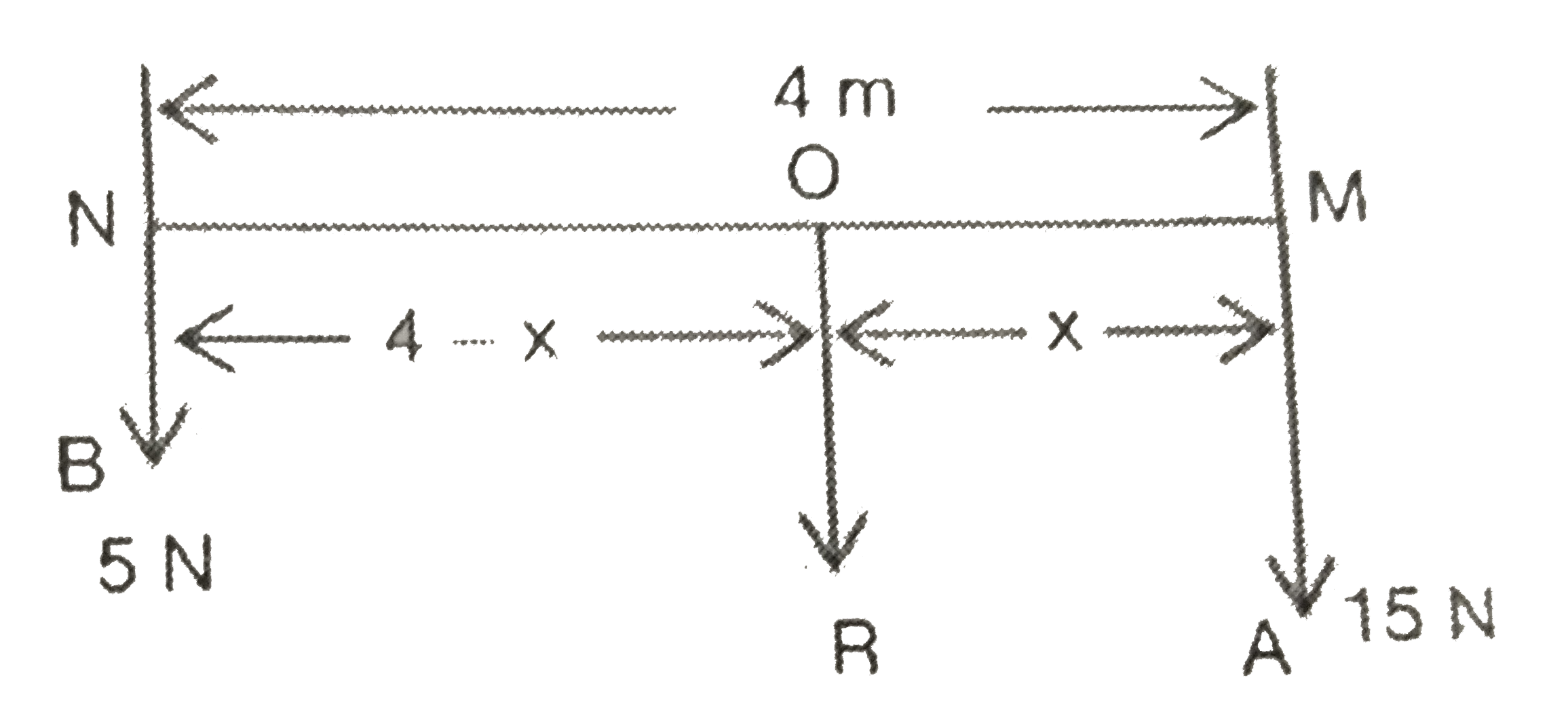Two like parallel forces P and Q act on a rigid body at A and B respectively. If P and Q be interchanged in position, show that the point of application of the resultant be displaced through a distance d along AB, where d =
P+QP−QAB
2P+Q2P−QAB
P−QP+QAB
P−Q2p+Q=AB
The correct Answer is:C
Similar Questions
Two like parallel forces P and Q act at a given point of a body. If Q be changed to P2Q, show that the line of action of the resultant is the same as it would be if the forces were simply interchanged.
View SolutionA line AB is divided into any two parts at C. The resultant of two like parallel forces P and Q acting through the middle point of AC and CB passes through C. If Pand Q be interchanged in position, their resultant will pass through the middle point of AB.
View Solution
Knowledge Check
Two like forces P and 3P act on a rigid body at points A and B respectively. If the forces are interchanged in position, the position of application of the resultant will be displaced through a distance of
AAB/2BAB/3CAB/4D3AB/4Two like parallel forces 5 Nand 15 N, act on a light rod at two points A and B respectively, 6 m apart. The resultant force and the distance of its point of action from the point A'are
A10N,4.5mB20N,4.5mC20N,1.5mD10N,1.5mIf two like parallel forces of PQN and QPN have a resultant 2N, then :
AP=QB2P=QCP2=QDP=2Q
Two like parallel forces acting on a rod, 15 N and 5 N are separated by a distance of 4 m. What is the magnitude, direction and point of application of the resultant?

View SolutionShow that if each of the two unlike forces P and Q(P>Q) acting at a distanced apart, be increased by S, their resultant will not be altered in magnitude, but its point of application will be moved through a distance Sd/(P−Q).
View SolutionTwo like parallel forces P and Q act at the ends of a strianght ruler of length l. What is the distance by which the resultant of the forces will shift along the ruler If P is doubled ?
View SolutionIf two like parallel forces of PQN and QPN have a resultant 2N, then :
View SolutionIf forces of magnitudes P, Q and R act at a point parallel to the sides BC, CA and AB respectively of a triangle ABC, the magnitude of their resultant is
View Solution
